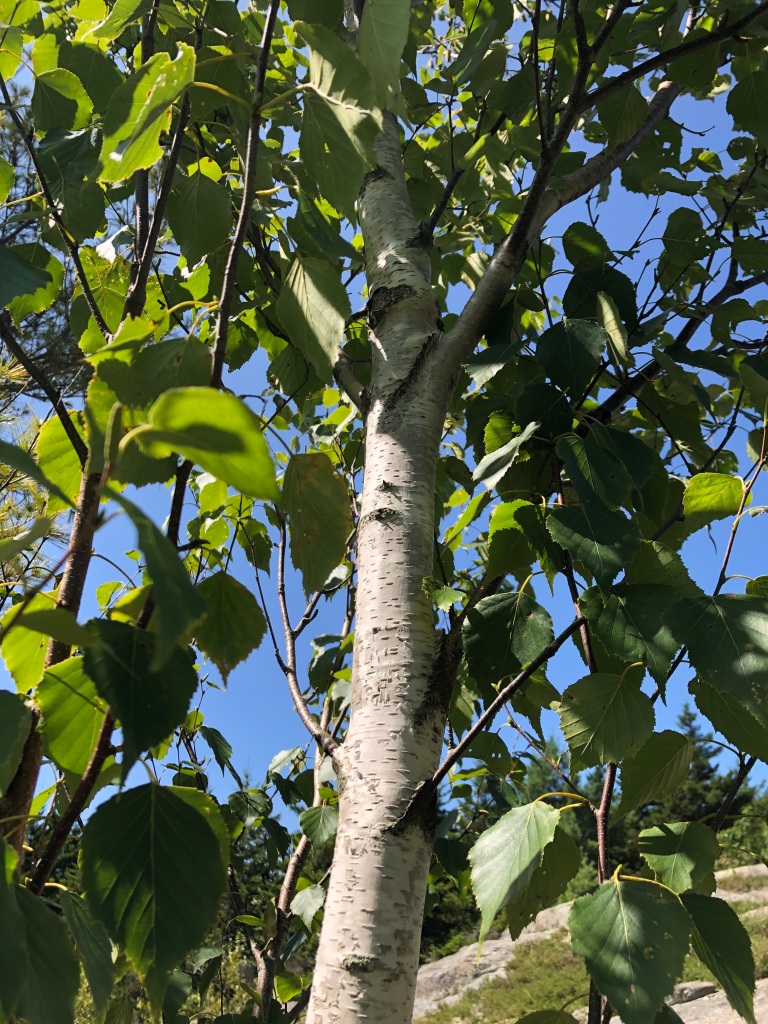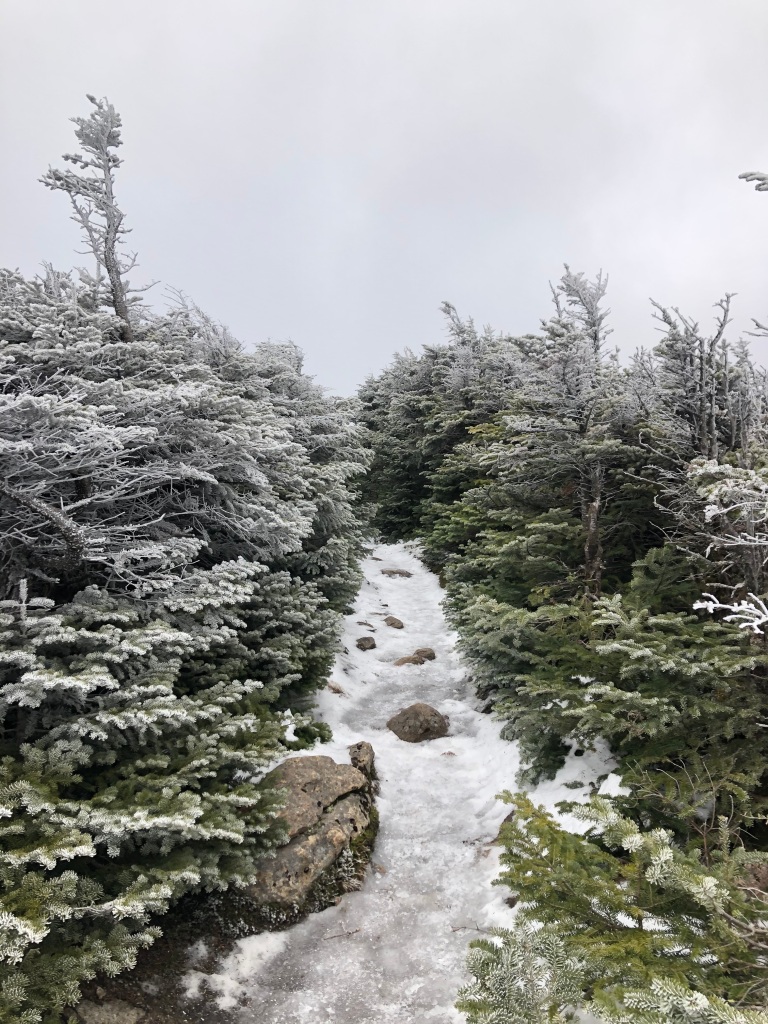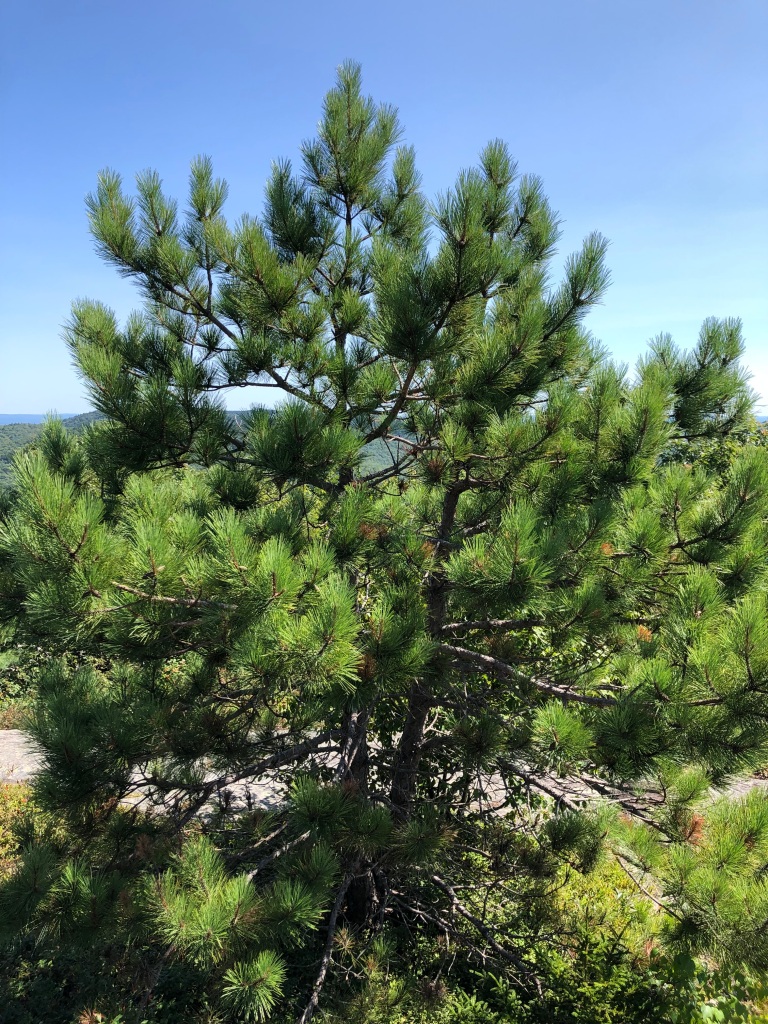I recently learned while reading Braiding Sweetgrass that the Ojibwe language, one of the Native American languages in the Algonquian family, allows more room for empathy than the blunt instrument that is English. In English we talk about animals and plants like we would inanimate objects by using words like “that” and “it” instead of “he”, “her”, and “who”. It mostly minimizes non-human life as something that can be possessed.
This resonated with me as someone who says “hi”, whether aloud or mentally, to every salamander, squirrel, and deer I pass. I realized that I don’t give the same courtesy to the plant life I encounter. Maybe because I don’t know their names yet.
My dad majored in plant biology, and for about a year after I graduated college I worked in an ecology lab, so I’ve accumulated some knowledge of my local flora. I definitely look at the trees and shrubs though more as aesthetically interesting structures and less so as life itself. I’m hoping more understanding of these species will foster a greater appreciation and respect for them. Here are some of the predominant plants I see on a day to day basis.
All the pictures below are my own. For help with identification, I turned to both the PictureThis app.

Friendly Name: Eastern Hemlock
Scientific Name: Tsuga canadensis
Type: Tree
Unique Identifiers: The needles grow out flat, like you could use on of the stems as a bookmark

Friendly Name: American Beech
Scientific Name: Fagus grandifolia
Type: Tree
Unique Identifiers: Silvery grey bark, oval leaves with points at each end, jagged leaf edges

Friendly Name: Red Maple
Scientific Name: Acer rubrum
Type: Tree
Unique Identifiers: Three fingered leaf structure, almost snowflake like how each edge has self similar point to it.

Friendly Name: Witch Hazel
Scientific Name: Hamamelis virginiana
Type: Shrub
Unique Identifiers: Round leaves with a slight point at the end. Leaf looks textured on its surface

Friendly Name: Wintergreen
Scientific Name: Gaultheria procumbens
Type: Shrub
Unique Identifiers: Grows low to the ground, red berries in the winter. When a leaf is broken is smells undeniably like wintergreen.

Friendly Name: Common hairmoss
Scientific Name: Polytrichum commune
Type: Moss
Unique Identifiers: Like little white pine trees, extremely soft

Friendly Name: Bracken Fern
Scientific Name: Pteridium aquilinum
Type: Fern
Unique Identifiers: Self similar. Triangle shaped leaf structure of each branch. Low growing

Friendly Name: Eastern White Pine
Scientific Name: Pinus strobus
Type: Tree
Unique Identifiers: Often tall, with branches and needles concentrated at the top. Lacking the red tin on its bark that a red pine has.

Friendly Name: Common Juniper
Scientific Name: Juniperus communis
Type: Shrub
Unique Identifiers: Grey berries, sharp needles

Friendly Name: Paper Birch
Scientific Name: Betula papyrifera
Type: Tree
Unique Identifiers: White bark that can peel back in paper-like sheets, teardrop shaped leaves

Friendly Name: White Fir
Scientific Name: Abies concolor
Type: Tree
Unique Identifiers: Looks a ton like spruce, apparently if you take a needle and roll it in your hand and it does not roll, i.e. the needle is flat, then it’s a fir

Friendly Name: Red Pine
Scientific Name: Pinus resinosa
Type: Tree
Unique Identifiers: Bark has a red tint to it, big and fluffy needle fanning pattern

Friendly Name: Blueberry Bush
Scientific Name: Vaccinium angustifolium
Type: Shrub
Unique Identifiers: Petal shaped leaves and lots of them. Alternate leaf arrangement

Friendly Name: Red Spruce
Scientific Name: Piece rubens
Type: Tree
Unique Identifiers: Evergreen tree, needles sprout from all directions on the branch. Needles are able to be rolled between the fingers (i.e. not flat).